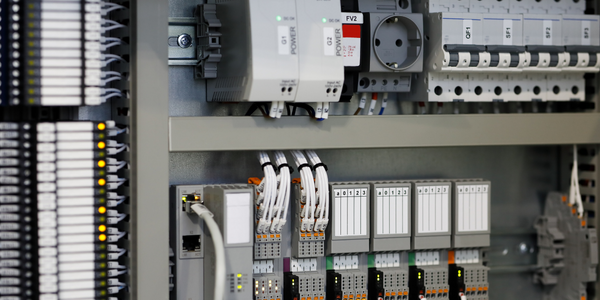Brain Corp: Leveraging Google Cloud for Next-Gen Robotic Automation
- Infrastructure as a Service (IaaS) - Cloud Storage Services
- Platform as a Service (PaaS) - Application Development Platforms
- Consumer Goods
- Retail
- Product Research & Development
- Warehouse & Inventory Management
- Autonomous Robots
- Retail Store Automation
- Cloud Planning, Design & Implementation Services
Brain Corp, an AI software leader, powers the world's largest fleet of autonomous mobile robots operating in commercial indoor public spaces. The company's technologies power more than 26,000 autonomous robots, including the world's largest fleet of autonomous mobile robots (AMRs) operating in public spaces. These AMRs are used by leading retailers as well as airports, malls, warehouses, hospitals, offices, and schools, and include floor scrubbers, vacuums, and inventory scanners. However, these AMRs face dynamic challenges, such as people intentionally or unintentionally obstructing their paths. To maximize ROI, Brain Corp focuses on AI and ML software development. However, the company faced challenges in terms of scalability, safety, security, and data privacy. The company needed a cloud platform that could scale to store, process, and secure all the data generated by the robots in real time.
Brain Corp was founded in 2009 and is based in San Diego, CA. The company is an AI software leader that powers the world's largest fleet of autonomous mobile robots operating in commercial indoor public spaces. Brain Corp's technologies currently power more than 26,000 autonomous robots, including the world's largest fleet of autonomous mobile robots (AMRs) operating in public spaces. These AMRs are used by leading retailers as well as airports, malls, warehouses, hospitals, offices, and schools, and include floor scrubbers, vacuums, and inventory scanners. The company focuses on AI and ML software development and provides its hybrid-cloud BrainOS AI software platform to original equipment manufacturers (OEMs), who use the platform to enable their new or existing machines to run autonomously.
Brain Corp decided to migrate its platform and engage Google Cloud as its innovation partner. The company redesigned its AI platform's monolithic architecture to a modern microservices design, using 28 Google Cloud services. This included Google Kubernetes Engine Autopilot, Google Cloud Storage, Google Pub/Sub, Google BigQuery, Google Cloud Firestore, Google Dataflow, Google Cloud Logging, Google Cloud Identity Platform and Google Identity-Aware Proxy services. The redesigned BrainOS Cloud platform now communicates with robots in real time rather than syncing data every 60 seconds. This enabled Brain Corp to develop a mobile app that gives customers anytime, anywhere information about their robots. The company also developed more sophisticated AMR insights such as an instant alert if a robot runs out of power, along with a map that depicts the robot's location.
Related Case Studies.
.png)









